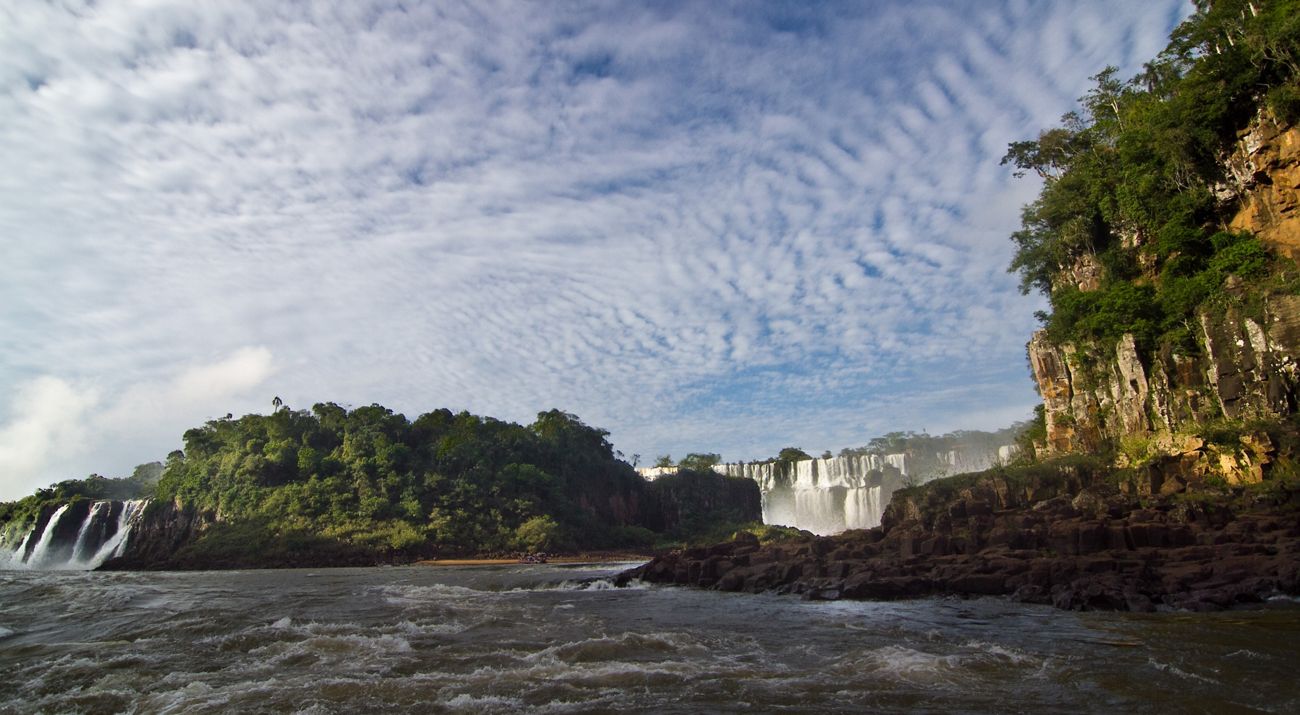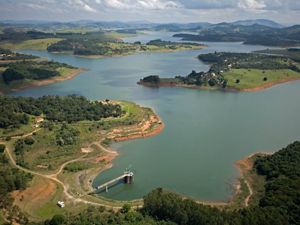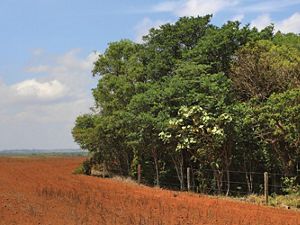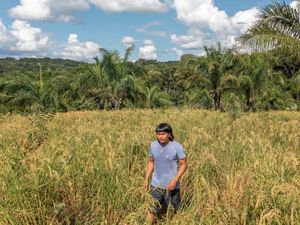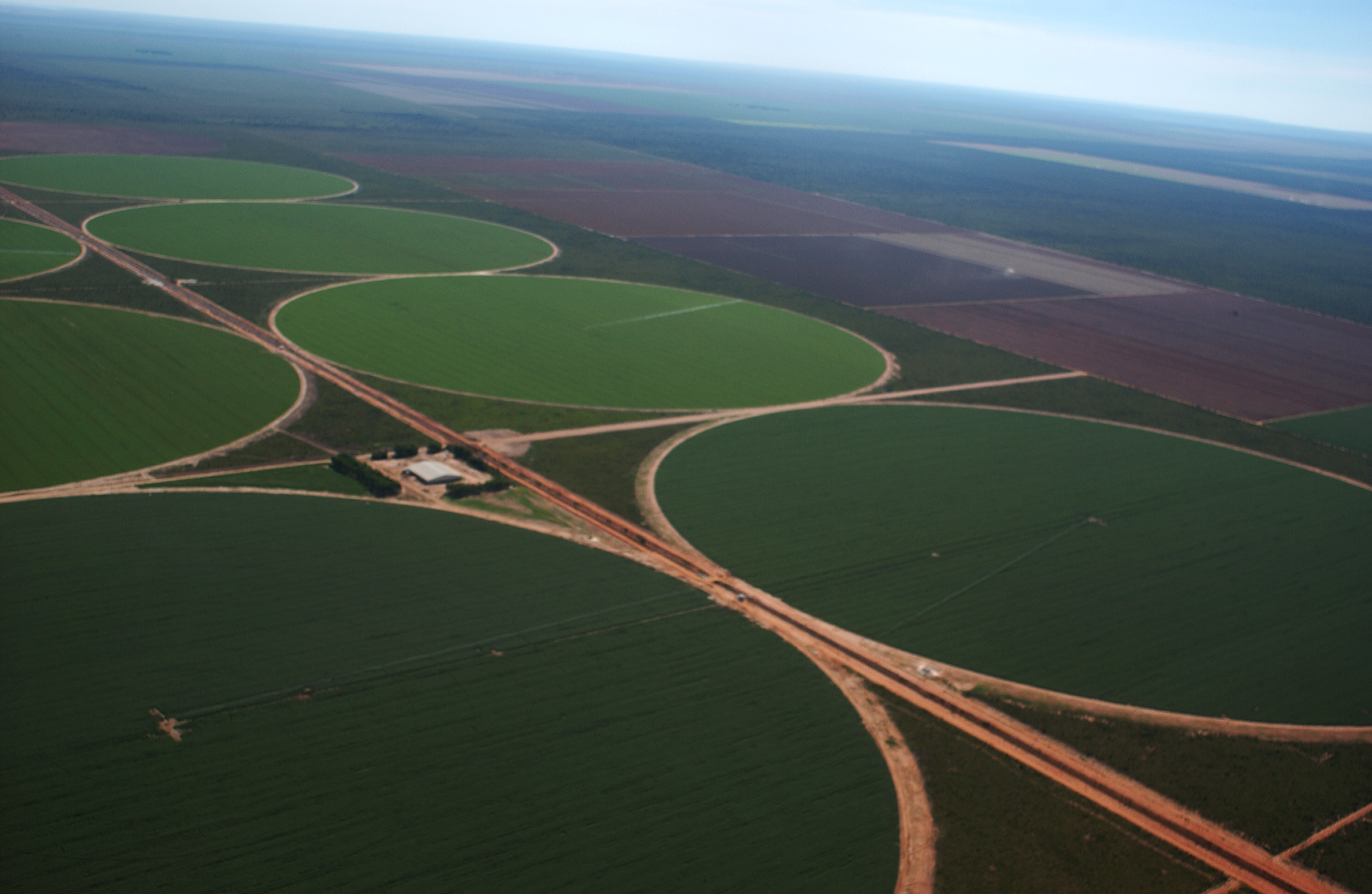Protecting the Amazon to Protect the World
The future of the world is intimately linked to the forests, savannas and wetlands of Brazil. Conserving and protecting these ecosystems against intensive agriculture, uncontrolled cattle ranching and unrestrained extraction keeps billions of tons of carbon out of the atmosphere and helps protect hundreds of thousands of species of plants, animals, fungi and microorganisms.
We Can’t Save Nature Without You
Sign up to receive regular updates from The Nature Conservancy.
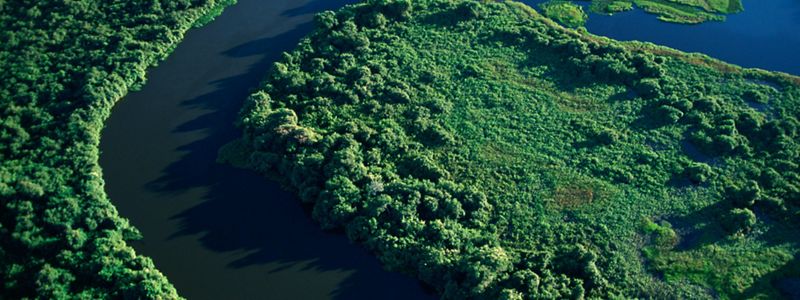
Pantanal National Park
Conservation planning can protect the Amazon
©
Scott Warren
